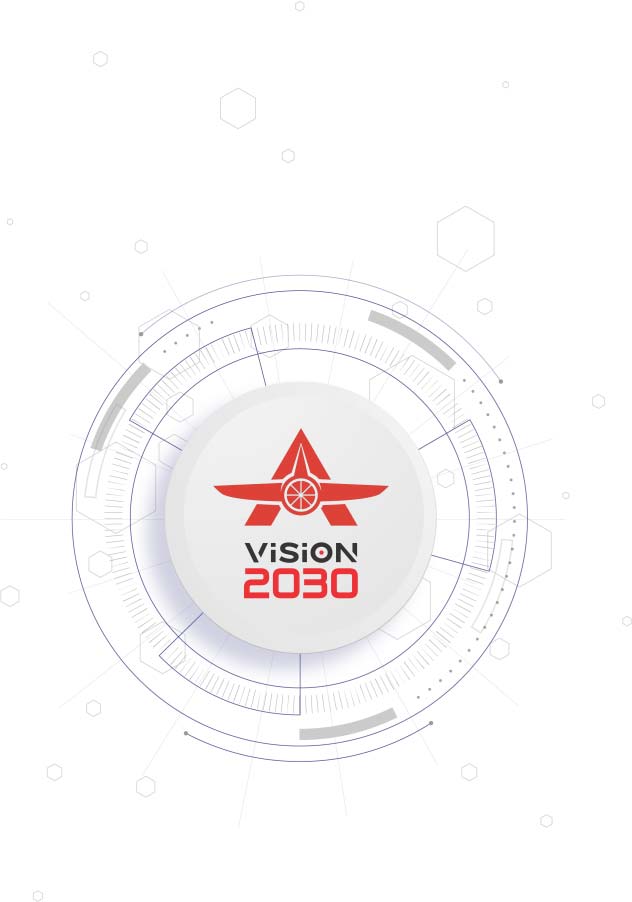
In today’s rapidly evolving technological landscape, innovation isn’t just a choice – it’s a necessity.
As industries embrace digital transformation and disruptive technologies reshape the way we live and work, the journey into a new technology arena becomes not just an option, but a strategic imperative.
In the future, the aerospace and defense industry are likely to see significant advancements and transformations driven by technological innovation, geopolitical shifts, and evolving threats. Here’s a brief overview of what we might expect:
- Advanced Materials and Manufacturing
- Autonomous Systems
- Hypersonic Technology
- Space Exploration and Commercialization
- Cyber Security and Information Warfare
- Green Aviation
- Global Partnerships and Alliances
Overall, the future aerospace and defense industry will be characterized by rapid technological advancement, increased collaboration, and a focus on sustainability and security. Adapting to these trends will be crucial for organizations to remain competitive and meet the evolving needs of governments, businesses, and society.
Air Taxi
We firmly believe in incorporating cutting-edge technologies into the design of our UAV platforms. Our goal is to create UAVs that not only fulfill the needs of our clients but also possess the ability to consistently undertake numerous flights. Moreover, we strive to ensure that our UAVs can be operated autonomously without the need for any specialized skills or training.
Our decision to embark on this journey stems from a commitment to innovation and a recognition of the immense opportunities that lie ahead. By embracing this new technology frontier, we aim to drive growth, improve competitiveness, address customer needs, providing solutions to a specific problem. Through strategic investment, collaboration, and a bold vision, we’re poised to make meaningful strides in this dynamic landscape.
Air taxis, also known as urban air mobility (UAM) vehicles, represent a transformative innovation in transportation that aims to revolutionize urban mobility by offering on-demand, point-to-point aerial transportation services for passengers. These vehicles are typically electric or hybrid-electric vertical takeoff and landing (eVTOL) aircraft designed to transport passengers autonomously or with minimal human intervention.
Air taxis have the potential to transform urban transportation, offering passengers a convenient, time-saving, and environmentally friendly alternative to traditional modes of travel. However, realizing this potential will require overcoming technical, regulatory, and infrastructure challenges in the coming years.
Nano Drones
Nano drone technology refers to the development and utilization of miniature unmanned aerial vehicles (UAVs) that are typically smaller than 15 centimetres in size. In an effort to create a hard-to-detect surveillance drone that will operate with little or no direct human supervision in out of the way and adverse environments. Fast emerging aerospace industry seizes the moment to create nano drones, the size of small insect or a mosquito, where researchers are mimicking nature. These drones are equipped with advanced sensors, cameras, and communication systems, allowing them to perform various tasks such as surveillance, reconnaissance, and data collection in environments where larger drones or manned aircraft may not be suitable.
Features:
- Miniature in Size
- Versatility
- Autonomous Operation
- Swarm Technology
- Cost Effective
- Rapid Development
